YOU CAN’T EXERCISE YOUR WAY OUT OF AN UNHEALTHY DIET
It’s been said that most of us tend to underestimate the amount of calories we consume and over-estimate the amount of calories we burn in a workout. If we don’t eat a healthy diet along with our exercise routines, we will slowly but inevitably accumulate excess weight (fat).
So, what is an unhealthy diet? Foods that are high in saturated or trans-fats, high in sugars (including high sugar drinks) and low in fiber. Highly processed foods. “Junk foods” that contain high levels of salt, fats and sugar, but low levels of fiber, vitamins and minerals.
One problem that is a constant issue with me is that salts, fats and sugars are not only often unhealthy – they are also addictive.
Times Food gives us the following list of foods to avoid:
- Fruit juice – artificial color and high-fructose corn syrup are unfit for us. Use fresh juice
- Coffee creamer – no cream, only trans fats, more sugar and coloring
- Deep fried foods – high fat, high calories and advanced glycation end-products create inflammation in our bodies
- Bleached white flour bread – plastic dough conditioner and bleaching chemicals may cause allergies, asthma or cancer
- Bacon and sausage – generally made from red meats high in saturated fats and advanced glycation end-products
- Diet sodas – the caramel coloring, use of aspartame and Bisphenol A combine to cause obesity and the possibility of cancer
- Sugary cereal – Butylated Hydroxytoulene and Butylated Hydroxyanisole, plus refined carbs make it unfit for diabetic or heart patients
- Restaurant desserts – artificial sugar, bad cholesterol and high calories
- Candy – artery-clogging fats, artificial color, added sugar and saturated fats
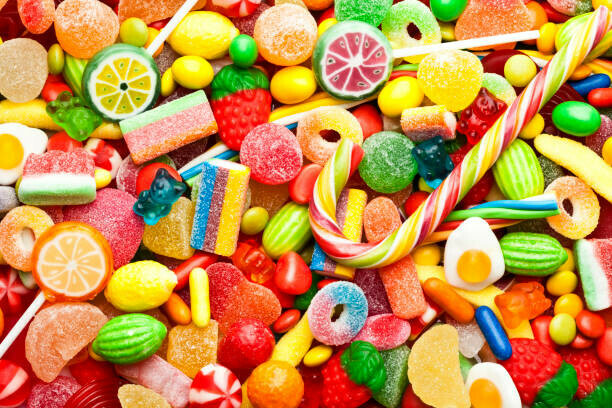
- White sugar – linked to increased risk of type 2 diabetes, heart disease and obesity
- Frosting – loaded with trans fats, titanium dioxide, artificial colors and propylene glycol. Linked to poor kidney health
- Pancake syrup – high fructose corn syrup and artificial caramel coloring. Damaging to our liver
- Fast food – most fast foods are made with Phthalates, the endocrine-disrupting chemical used in plastic food and beverage wrappers
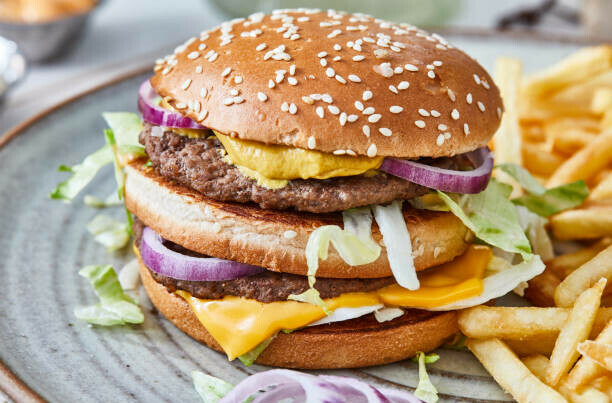
- Energy drinks – most energy drinks have up to two – thirds the amount of sugar of sodas. And unhealthy high-fructose corn syrup, artificial flavors and coloring.
- Packaged soup – loaded with starch, sugar, artificial coloring and sodium.
- Barbecue sauce – most types are loaded with high fructose corn syrup, sugar and artificial colors
- Muffins – even small muffins carry about 400 calories and a third of the fat our bodies need daily. Also, unsaturated oil, sugar and diglycerides
HERE ARE THE HEALTHIEST FOODS
Eating a healthy diet provides protection against chronic noncommunicable diseases. such as heart disease, diabetes and cancer. Eating a variety of foods is essential, as is avoiding heavy salt, sugar and saturated or industrially-produced trans-fats.
Healthy fruits and vegetables are full of nutrients. They help us to avoid diseases and maintain our strength and vigor.
Facty Health gives us the following list of foods that may bolster our immune systems, strengthen our hearts, improve our moods and sharpen our minds.
- Salmon – loaded with omega-3 fatty acids to give us better skin and guard against circulatory problems
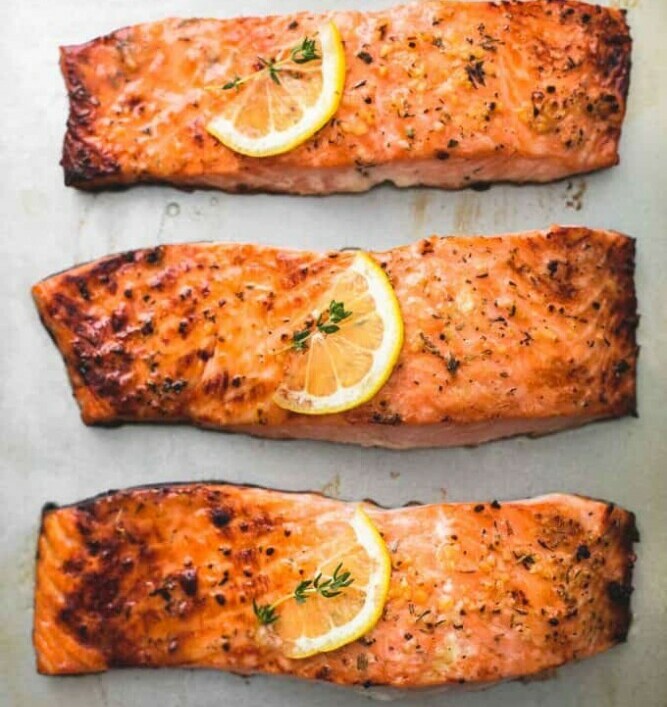
- Beans – kidney, garbanzo, red and black beans are all a great source of folate, fiber and plant-based protein
- Nuts – walnuts, hazelnuts, pecans, almonds – all nuts are excellent sources of plant protein and monounsaturated fats. They may reduce the risk of heart attack
- Avocado – packed with monounsaturated fats, folate, Vitamin 6 and fiber
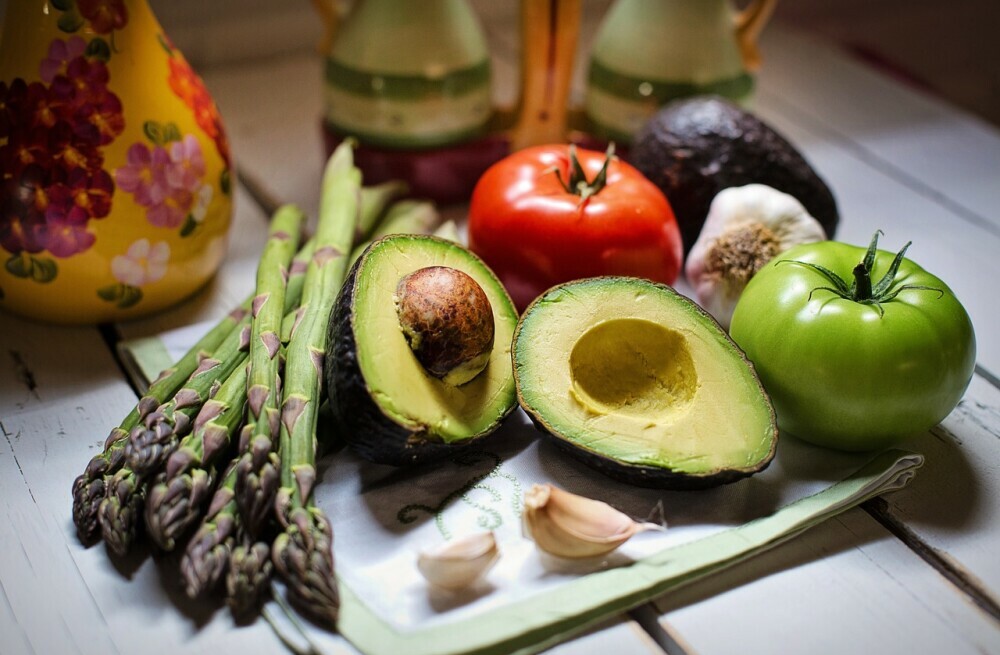
- Sweet potato – rich in beta-carotene, which our bodies convert to Vitamin A, to slow the aging process and reduce the risk of some cancers. Good source of fiber, potassium and Vitamins C and B6
- Yogurt – great source of calcium and protein. Also give us probiotics for better digestion
- Berries – high in fiber and naturally sweet, with antioxidants and disease-fighting phytonutrients
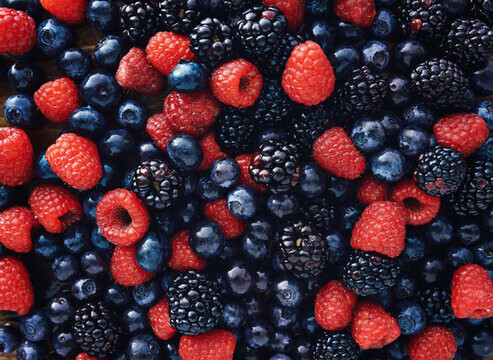
- Eggs – complete protein packages, with 13 essential vitamins, minerals and omega-3 fatty acids. Best source of choline, which aids in fetal brain and spine development, thus important for pregnant women
- Apples – full of anti-inflammatory properties, antioxidants and Vitamin C
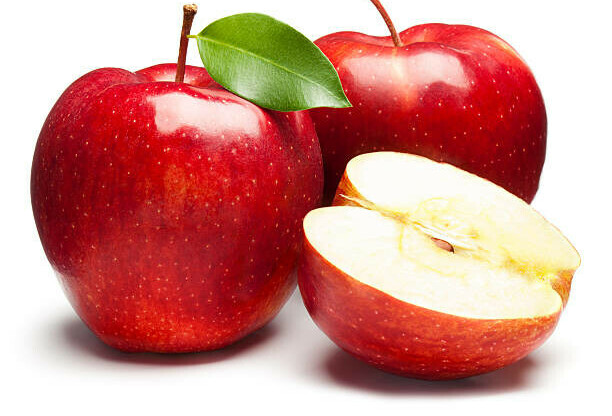
- Broccoli – key source of folate, fiber, Vitamins A and C. Also Vitamin K, to regulate blood clotting
- Tomatoes – rich in lycopene, an antioxidant which may help prevent skin damage, heart disease and certain cancers
- Quinoa – the seed of a herbaceous plant. High in fiber and a complete protein, containing all nine essential amino acids. Great meat substitute!
- Pumpkin – packed with potassium, for heart health. Also, Vitamin A, antioxidants, fiber and cancer-fighting carotenoids.
- Oats – rich in soluble fiber beta-glucan and anti-inflammatory avenanthramide, which combine to prevent obesity – and health issues such as heart disease, diabetes and certain cancers
- Beets – lots of potassium, nitrate and antioxidant content to lower blood pressure, help our circulation and defend against inflammation. Also, a prebiotic for better gut health
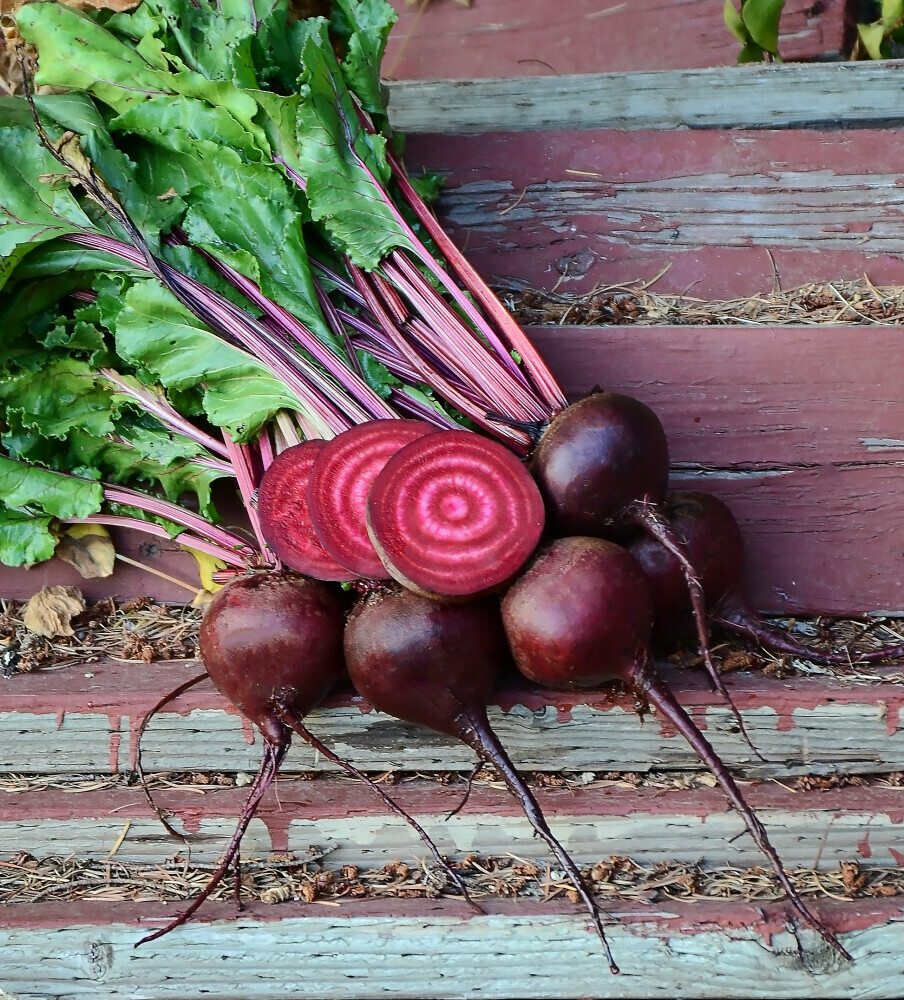
- Garlic – contains antiviral, antibacterial and antifungal compounds to fight inflammation and boost our immune systems
- Spinach – a superfood, rich in folate, Vitamin A, Vitamin C and iron. Healthier when steamed
- Extra virgin olive oil – outstanding source of Vitamin E, polyphenols, monounsaturated fatty acids, all of which promote heart health and combat degenerative disease

- Lemons – an entire day’s worth of Vitamin C and polyphenols for anti-aging
- Dark chocolate – the cacao gives us a high concentration of anti-inflammatory flavonoids which are favorable for our mood, memory, cognition and immunity. Chocolate that is at least 70% cocoa gives us the best benefits
SUPPLEMENTS
I don’t know if I am typical in this regard, but I don’t eat even nearly a really good variety of the healthy foods listed above. I actually eat almost as many of the foods listed as non-healthy. Those of us in this category may replenish our diets with supplements.
Amazon is a source that I use for health foods and supplements. I am also an Amazon associate, which means that I may use their links in conjunction with my posts. If a purchase is converted from the link, I may be rewarded with a commission. This is affiliated marketing. For more information on this, see my upper menu – BECOME AN AFFILIATE MARKETER – for details.
Each link will show product details, pictures, prices, reviews and suggestions for other similar items.
Fruits and Veggies – dietary supplements with over 40 different fruits and vegetables
8 greens tablets – I am out of these and need to reorder
HEALTHY FOOD DELIVERY SERVICES
FINAL THOUGHTS
Both exercise and diet are important for weight control, but it is much easier to consume fewer calories than to burn that many calories by exercise. For example, a person weighing 154 lbs. would need to cycle on an exercise bike for one hour at moderate intensity to burn 525 calories. That same person could eliminate that amount of calories by turning down a Green Tea Frappuccino from Starbucks.
But….what is easy for some of us may be difficult for others. Exercise may be enjoyable, especially if we participate in sports we love. Skipping a favorite food may be a much more difficult task. My personal challenge is to eat more foods that are in the healthy category and less foods that are simply “tasty”.
Tasty foods that are healthy do exist – berries, salmon, yogurt, omelets and nuts for me. Not to mention dark chocolate. And anything with lemons added.
Hopefully, this post will be as informative to readers as it has been to me through research.
Please leave me any comments in the “Comments” section below.
Be well!
Hi Richard, I thoroughly enjoyed your article. I appreciate how you didn’t just list foods that are unhealthy but also specified the harmful ingredients they contain. I read food labels and that makes it hard to find truly nutritious food, so your list of healthy foods is a great help. I noticed that your supplement recommendations are mostly based on real foods like beets, fruits, vegetables, greens, and garlic. I like that approach, but just like with food, I’m always uncertain about the contents of supplements. What makes you confident that the supplements you recommend are free from fillers and are good for you?
Sukundi, thanks for your comments. I am also skeptical about foods – at groceries or restaurants. I am trying to base my diet on what is or seems healthy as opposed to what is tasty. I can only read the content information. The same is true of supplements. It can be a slow and experimental process. I occasionally use supplements only because my food choices are often less than the best. A more sophisticated diet would not require supplements, but I’m not there yet – still learning. I have some expertise with fitness training, but with nutrition, I am writing as a researcher more than as an authority.